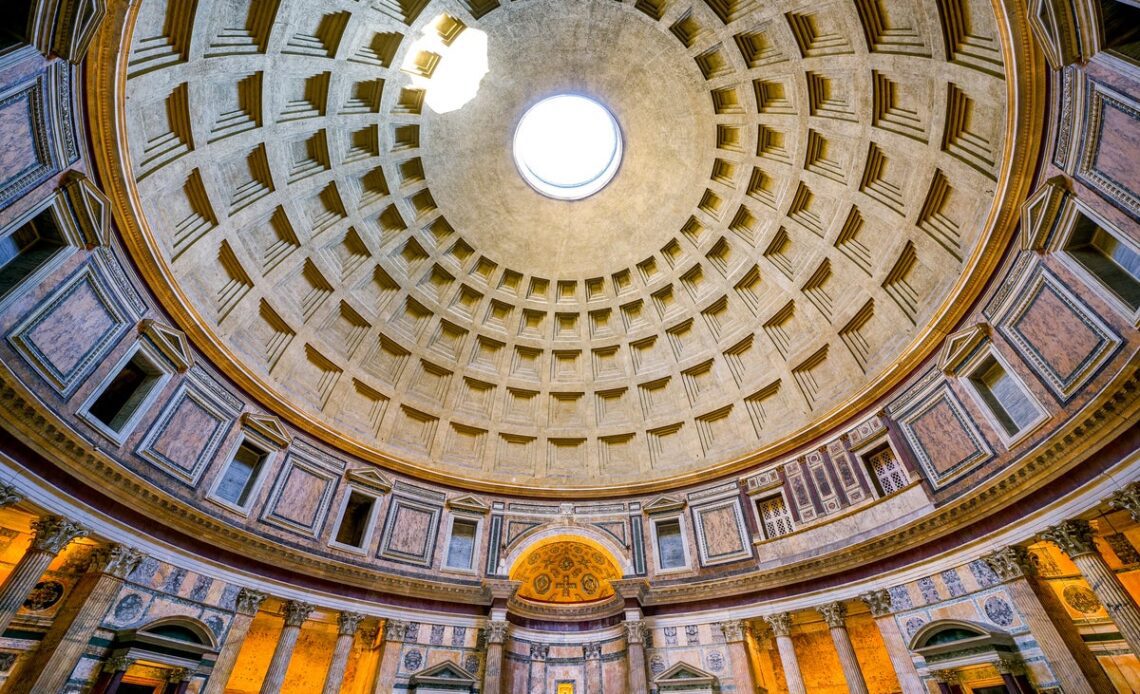Tourists in Rome who wish to visit the Pantheon, Italy’s most-visited cultural site, will soon be charged a €5 (£4.40) entrance fee.
Italian culture and church officials signed the new agreement on Thursday, with culture minister Gennaro Sangiuliano describing the move as a matter of “good sense.”
Visitors aged 25 years and under will be subject to a €2 (£1.75) charge, while children, people attending mass, Roman residents, and personnel of the Basilicia will have the fee waived entirely.
Proceeds from the entrance fee will be split, with the culture ministry receiving 70% and the Rome diocese 30%.
The gargantuan domed structure was built by the emperor Hadrian in the second century AD and is one of the best-preserved ancient Roman monuments in the world.
In addition to an ancient Roman marble floor, Renaissance frescoes and paintings, the building also boasts the largest unreinforced concrete dome, with a diameter measuring 43.44 metres.
It it topped by a nine-metre diameter opening, known as the oculus, which is the only source of external light, and through which rain falls, where it is drained by 22 small holes drilled into the marble.
The building has been used as a church since 609 AD and is also the final resting place of Raphael, the famed Renaissance painter.
Michelangelo once described the Pantheon as “the work of angels, not men”.
The Pantheon attracted more than nine million visitors in 2019.
Debate has long raged over whether visitors should be charged to enter.
The new few comes five years after a previous government shelved plans to start charging visitors a €2 entry fee.
No date was given for the introduction of the fee, as officials work out technical details.
Currently, entrance is free and reservations are required on weekends and public holidays.
Mr Sangiuliano called the new fee a “modest ticket charge for the most visited cultural site in Italy”.
Click Here to Read the Full Original Article at The Independent Travel…
